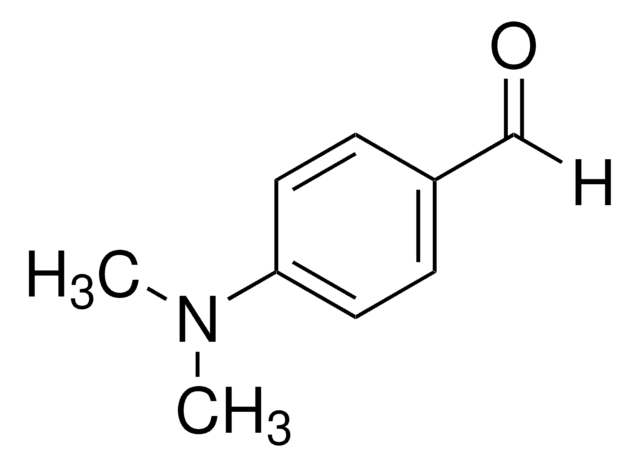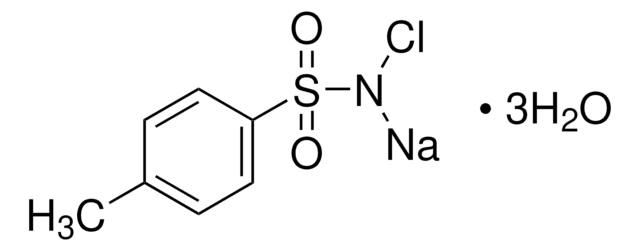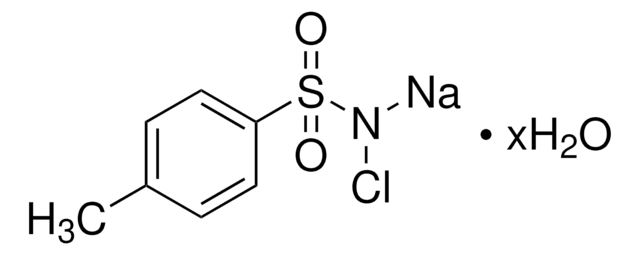56250
trans-4-Hydroxy-L-proline
≥99.0% (NT), BioXtra
Synonyme(s) :
(2S,4R)-4-Hydroxypyrrolidine-2-carboxylic acid, Hyp
About This Item
Produits recommandés
Nom du produit
trans-4-Hydroxy-L-proline, BioXtra, ≥99.0% (NT)
Gamme de produits
BioXtra
Niveau de qualité
Essai
≥99.0% (NT)
Forme
solid
Activité optique
[α]20/D −76.0±1.5°, c = 5% in H2O
Impuretés
≤0.3% foreign amino acids
Résidus de calcination
≤0.1% (as SO4)
Perte
≤0.1% loss on drying, 110 °C
Couleur
colorless to white
Pf
273 °C (dec.) (lit.)
Traces d'anions
chloride (Cl-): ≤100 mg/kg
sulfate (SO42-): ≤100 mg/kg
Traces de cations
Ca: ≤10 mg/kg
Cd: ≤5 mg/kg
Co: ≤5 mg/kg
Cr: ≤5 mg/kg
Cu: ≤5 mg/kg
Fe: ≤5 mg/kg
K: ≤50 mg/kg
Mg: ≤5 mg/kg
Mn: ≤5 mg/kg
NH4+: ≤100 mg/kg
Na: ≤50 mg/kg
Ni: ≤5 mg/kg
Pb: ≤5 mg/kg
Zn: ≤5 mg/kg
Application(s)
peptide synthesis
Chaîne SMILES
O[C@H]1CN[C@@H](C1)C(O)=O
InChI
1S/C5H9NO3/c7-3-1-4(5(8)9)6-2-3/h3-4,6-7H,1-2H2,(H,8,9)/t3-,4+/m1/s1
Clé InChI
PMMYEEVYMWASQN-DMTCNVIQSA-N
Vous recherchez des produits similaires ? Visite Guide de comparaison des produits
Actions biochimiques/physiologiques
Autres remarques
Code de la classe de stockage
11 - Combustible Solids
Classe de danger pour l'eau (WGK)
WGK 1
Équipement de protection individuelle
Eyeshields, Gloves, type N95 (US)
Faites votre choix parmi les versions les plus récentes :
Déjà en possession de ce produit ?
Retrouvez la documentation relative aux produits que vous avez récemment achetés dans la Bibliothèque de documents.
Les clients ont également consulté
Notre équipe de scientifiques dispose d'une expérience dans tous les secteurs de la recherche, notamment en sciences de la vie, science des matériaux, synthèse chimique, chromatographie, analyse et dans de nombreux autres domaines..
Contacter notre Service technique


